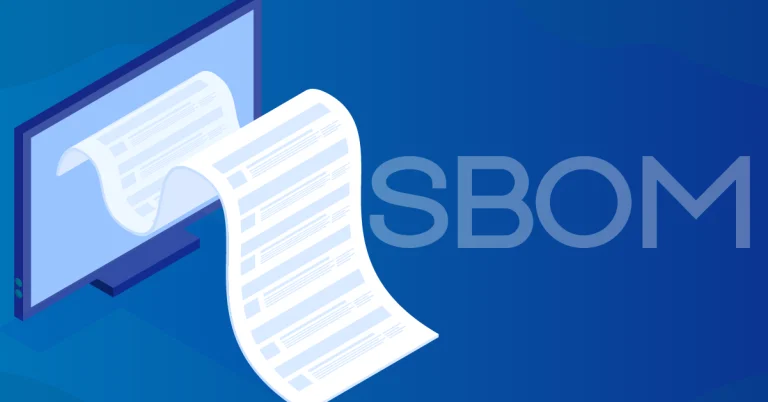A hierarchical description of the parts and information of a software artefact is referred to as an SBOM. Additionally, this data may include licence details, ongoing references, and other supplemental information.
It’s common place to give a list of the items included in a box for convenience. Are you familiar, for instance, with E numbers? These are the chemical designations for the substances that are added to food.
Food labels must have E codes in the European Union and the European Free Trade Association (E stands for Europe). Classifying them enables a conventional technique to explain the components of a food product so that consumers may choose whether or not to purchase them since certain compounds are safe while others are dangerous.
It would be very useful for practical reasons if software products had a similar method for differentiating between good and harmful substances, enabling users to assess whether they are safe or dangerous. The nist sbom is now coming.
SBOM Life Cycle
Code comes next. A npm project, Python scripts, Go modules, or a combination of technologies may all be used to create your app. If nothing goes wrong, your code will ultimately go through the CI/CD process and produce an artefact.
Your artefact might be in the form of a box, tarball, or package. In essence, it is a file or file system that has been compressed in some way.
Now that we have the inputs for it, we can create an SBOM and link it to the artefact.
Finally, you are free to use the nist sbom for your needs, including signing it, providing for your customers, looking for security holes, obtaining licences, and other things.
Structure of SBOM
While there isn’t a single, absolute requirement for SBOM, NTIA has established the absolute minimum.
The source of the programme and the author of the SBOM must both be disclosed in the SBOM:
- The company or person that created the product.
- The device used to create the SBOM.
- Time frame in which the SBOM was developed.
- Additionally, the SBOM must include a thorough explanation of the artefact’s parts, including
The component’s name.
- The component’s version.
- A special identity (such as CPE, PURL, or SWID).
- Connectivity to other parts.
- The SBOM may additionally contain any extra static component information or details about the component that doesn’t change over time. This data may include a licence, repository details, a description, the owner, and other things.
Requirements for Processes and Practices in Compliance
In addition to the content and format of nist sbom paper describes the rules and procedures that enterprises must adhere to while providing sboms:
- If the content or version of the software product changes, sboms must be updated often.
- Depth: The Nist SBOM must list each software product’s direct and indirect dependencies.
- Known Unknowns: The SBOM must state if a piece of information is absent because it is inaccessible, unknowable, or for some other reason.
- Distribution & Delivery: For the SBOM to be made accessible to the client, it must be both machines- and human-readable.
- Access Control: The right access control has to be established in order to access the SBOM.
All SBOM users must be understanding of the fact that the standards are still being worked on and tolerant of errors and substantial changes to the standard.
What Can the SBOM Offer You?
Even though SBOM technologies are still under development, you can already utilise SBOM tools to improve your SDLC:
- Observability and dependability Monitoring and coverage
- Find all damaged components with ease in any circumstance (e.g. Log4Shell).
- Due diligence and high assurance: Present your software product’s components, licence information, dependencies, and other facts right away.
- Modernization and migration Think about the elements that go into making your product and be ready accordingly.
Research and development Utilize your knowledge to investigate your product, spot risks, and track the development of your business.
Security Vulnerability Scanning: Perform an automated vulnerability scan on your third-party dependencies.
Sboms with a cryptographic signature: To provide a trustworthy description of the contents of your goods, sign your nist sboms.
Use sboms to create and deliver VEX documents, which are intended to give users more details on whether a product is impacted by a particular vulnerability in an included component and, if so, whether any remediation actions are advised.
VEX (vulnerability exploitability exchange): Use nist sboms to create and deliver VEX documents.
Verification of zero knowledge Shares your SBOM so a third-party provider may check for flaws, licence details, and other things without letting your source code leave your protected data centre.
Regulation & Legal
Keep track of the licences that your product is based on and have policies in place to prevent the exploitation of protected intellectual property.
American Executive Order: You must abide by the US Executive Order if you want to sell software to the US government.
Software Artifacts Supply Chain Levels (SLSA) Create sboms that satisfy the SLSA dependency provenance criteria to enable SLSA level 4 Complete.

